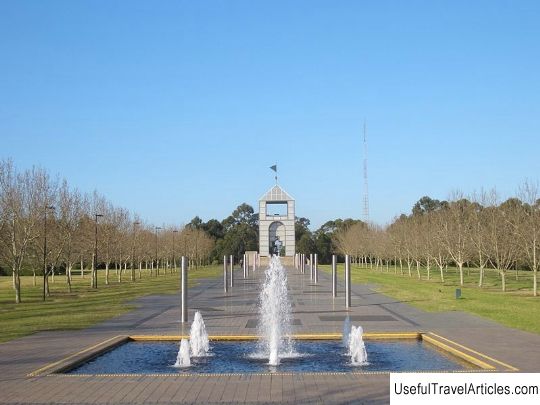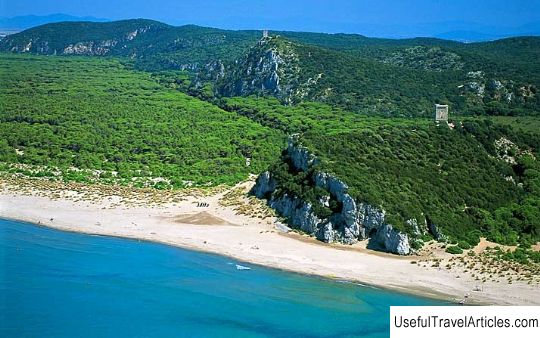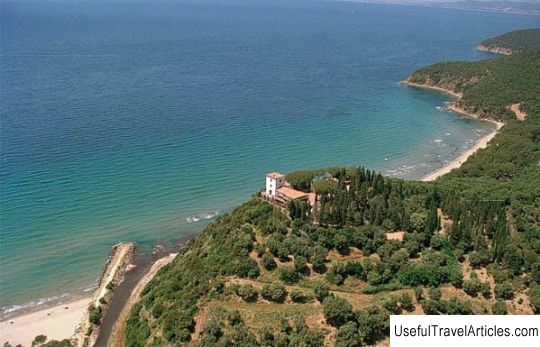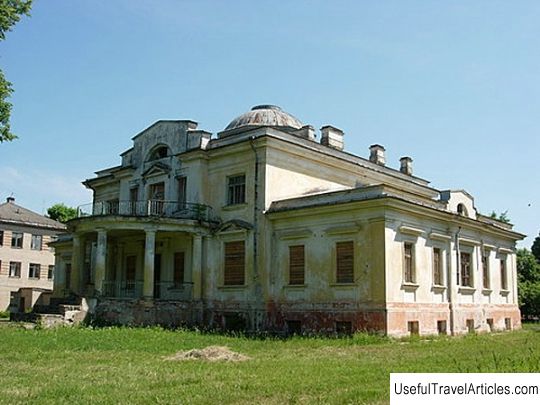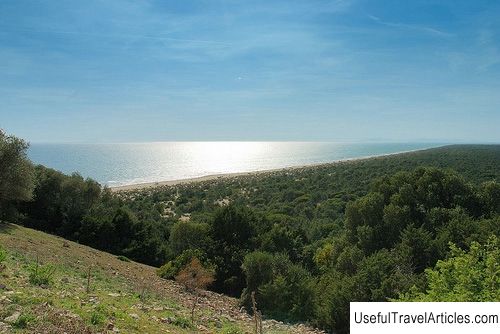Museum of Archeology and Art of Maremma (Museo archeologico e darte della Maremma) description and photos - Italy: Grosseto
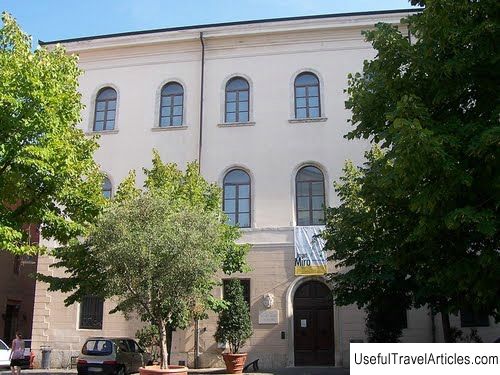
Museum of Archeology and Art of Maremma (Museo archeologico e d'arte della Maremma) description and photos - Italy: Grosseto. Detailed information about the attraction. Description, photographs and a map showing the nearest significant objects. The title in English is Museo archeologico e d'arte della Maremma. Photo and DescriptionThe Museum of Archeology and Art of the Maremma in Grosseto was founded thanks to the efforts of the cleric Giovanni Kelly, a man of broad views and diverse interests. The first collection of the museum was a collection of antiques that Giovanni exhibited in the library, which he opened to the public in March 1860. At the same time, he began collecting archaeological artifacts. In 1923, the priest Antonio Cappelli was appointed director of the Kelly library, in which by that time the city museum and art gallery had already been opened. He moved the library to the building where it is located today, and in 1955 the museum was also located there. Archeology was one of Cappelli's many interests. By running a library, museum and art gallery, at the same time he became seriously interested in religious art, and in 1933 created a thematic museum. Only in 1975, the two museums - religious art and archaeological - were united in one building - a building from the late 19th century in Piazza Baccarini, which previously housed the tribunal. The Joint Museum of Archeology and Art of the Maremma opened in the same year during the national conference of the Institute for the Study of Etruscan and Italic Heritage. From 1992 to 1999, the museum was closed for restoration, after which, enriched with new collections, it again opened its doors to the public. The first section of the museum contains all the exhibits that formed the core of the original collection of Giovanni Kelly. Most of them were bought in Tuscany and Rome, but here you can also see Etruscan urns with ashes from Volterra and Chiusi, pottery, etc. One of the most interesting exhibits is a clay bowl with an Etruscan alphabet from the 6th century BC. The most important part of the museum is the collection dedicated to Rousella, an ancient Etruscan city. The exposition begins with a relief map of the city, on which you can see the now defunct lake Lago Prile. Further, various items found during archaeological excavations, hand-made gizmos, artifacts from places of worship, ceramic jewelry, wine amphorae with Latin inscriptions, gravestones with images of warriors, Roman statues, sculptures, plaster models, etc. are displayed. A small room is dedicated to the reconstruction of Hadrian's Baths. The section dedicated to the archeology of Grosseto deserves special attention: here you can see a variety of artifacts from the Paleolithic to the Iron Age, Etruscan, Greek and Carthaginian amphorae, agricultural tools, reconstruction of roads, ports, settlements, and even the skeleton of an African ship that ran aground off the island of Giglio. The religious art of the Maremma is represented by works of art purchased by Cappelli in Siena and other cities. There are works by the masters of the Sienese school - Guido da Siena, Pietro di Domenico, Girolamo di Benvenuto, Agostino di Giovanni, etc. All of them previously decorated churches and cathedrals and date back to the 13-19th centuries. In addition, the collection includes liturgical objects, clerical robes, manuscripts, etc. Finally, the last exposition of the museum is dedicated to the history of the city of Grosseto itself. Most of the exhibits date from the Middle Ages and the New Era and were found during excavations at the Medici Wall. The collection includes a Renaissance dish adorned with scenes from the life of Alexander the Great, pharmaceutical bowls from the 18th century and five 17th century sketches depicting an allegorical depiction of classical deities.         We also recommend reading Museum of the book of A. P. Chekhov ”Sakhalin Island” description and photo - Russia - Far East: Yuzhno-Sakhalinsk Topic: Museum of Archeology and Art of Maremma (Museo archeologico e darte della Maremma) description and photos - Italy: Grosseto. |
